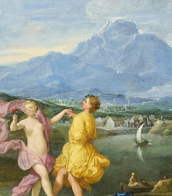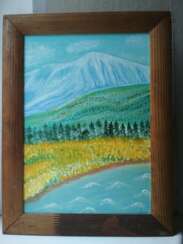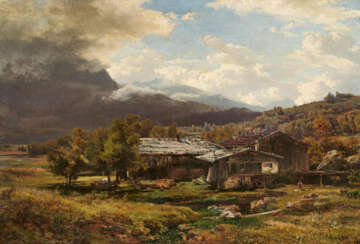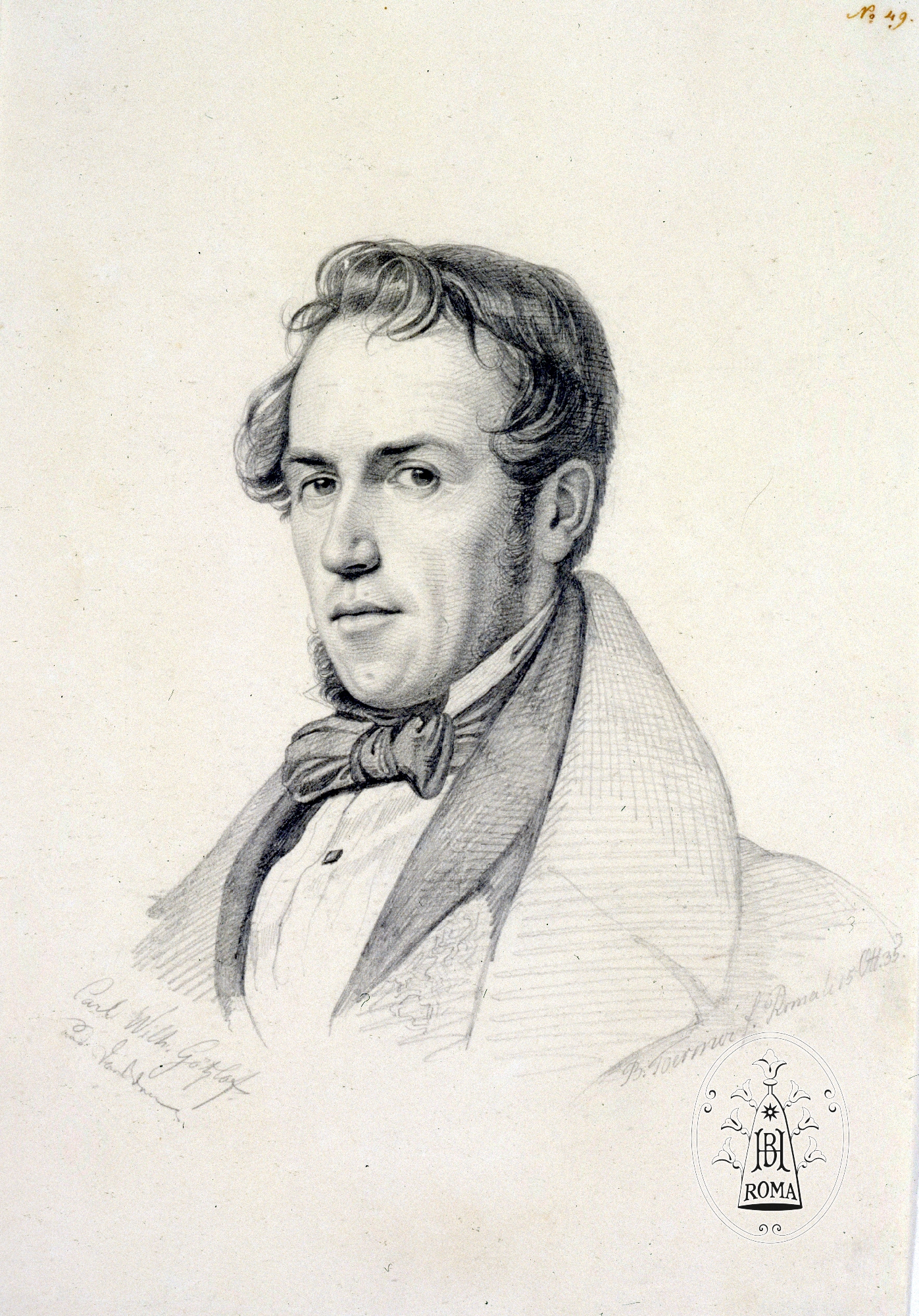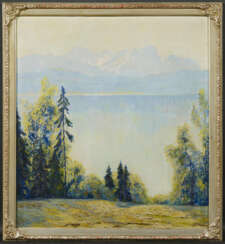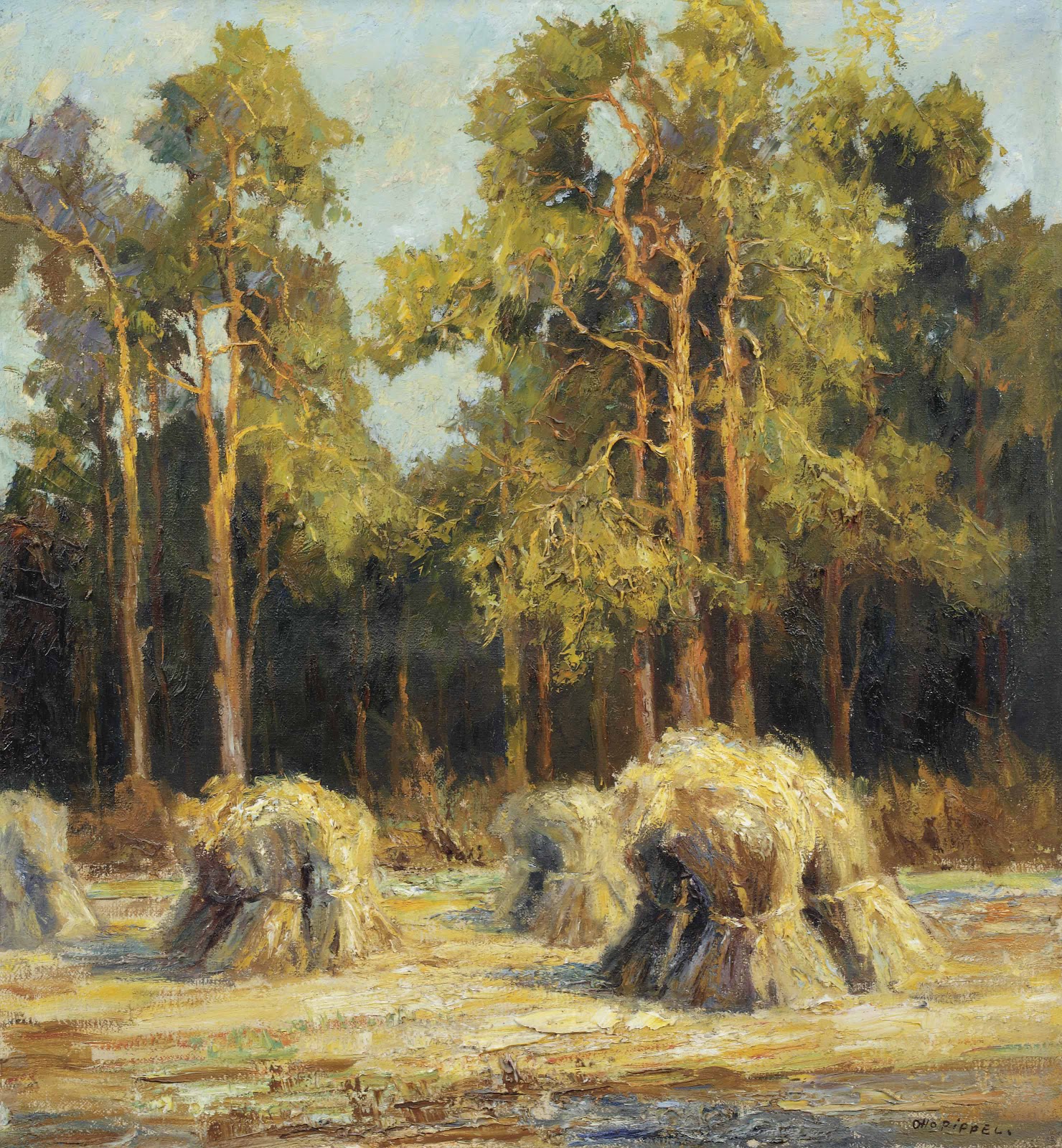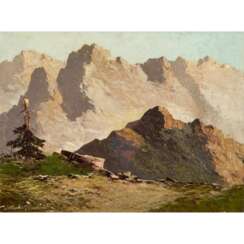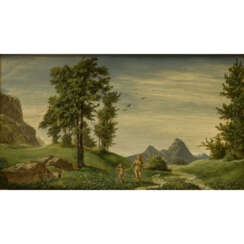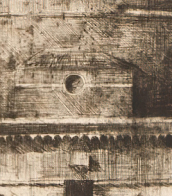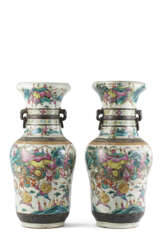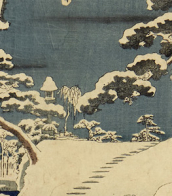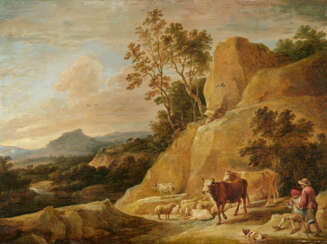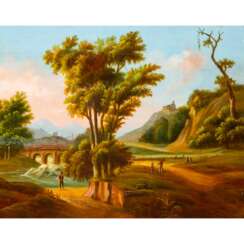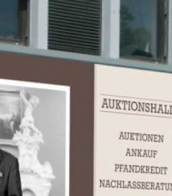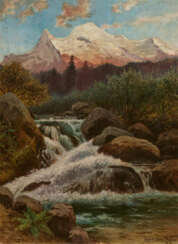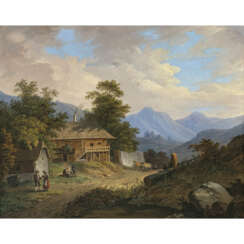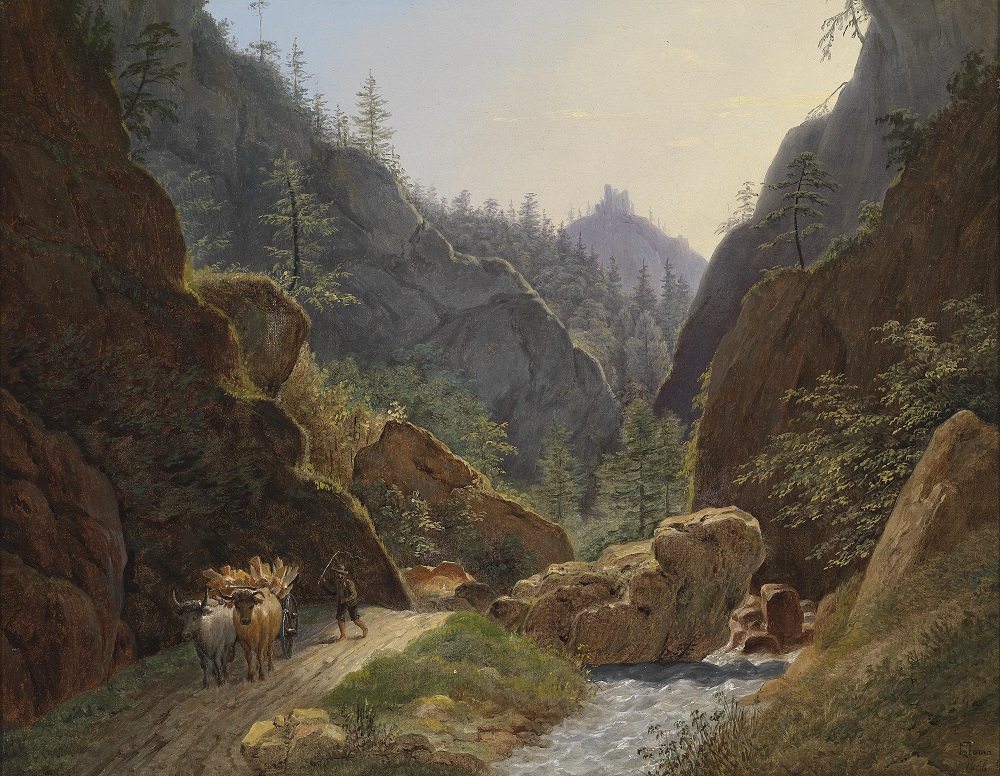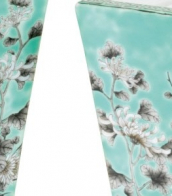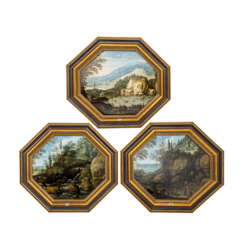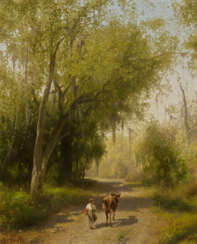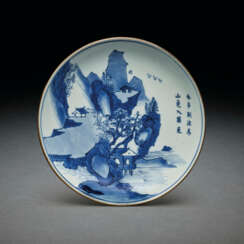mountain landscape
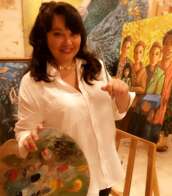


Otto Grashof was a German painter of the mid-nineteenth century. He is known as a draftsman, engraver, and portrait painter. He also did historical painting, battle-painting, animal studies, and landscape art. Grashof is considered one of the founders of Chilean painting.
Grashof went to St. Petersburg in 1838, where he carried out portrait commissions for the aristocracy, and some of his works ended up in the collection of Emperor Nicholas I. Later he visited Chile as well as Brazil. He held the titles of "painter to the Russian emperor and Brazilian court painter."
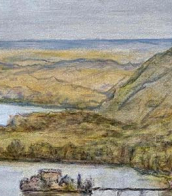
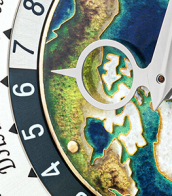
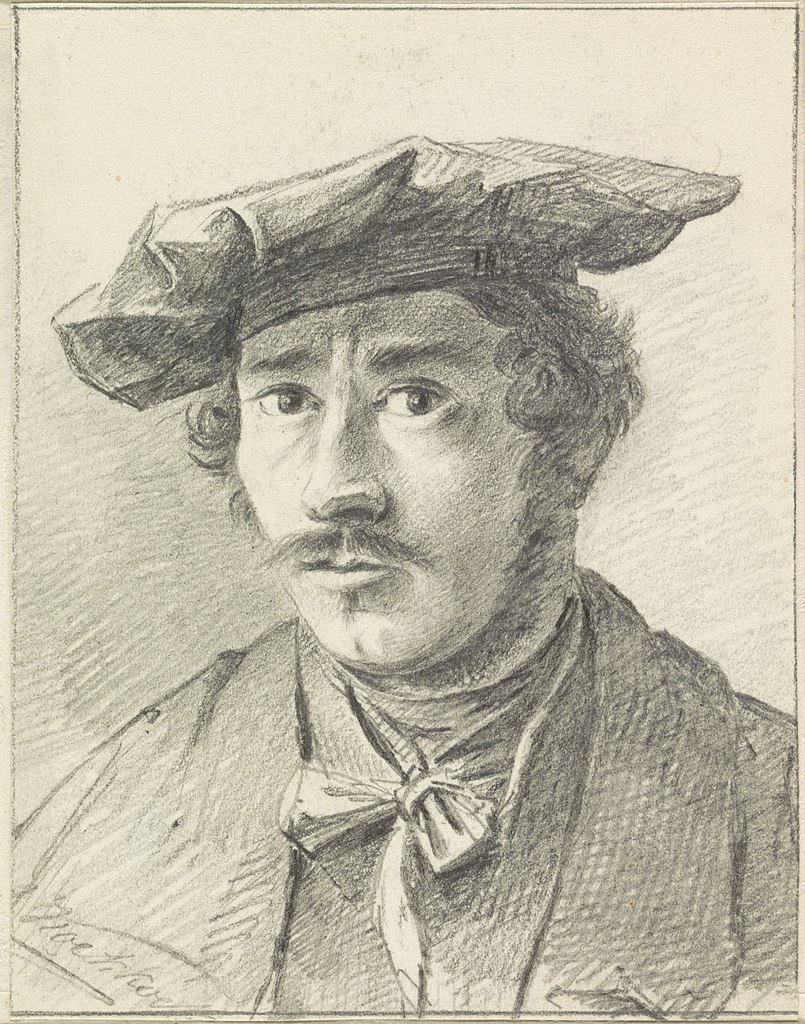
Marinus Adrianus Koekkoek was a 19th-century Dutch landscape and marine painter.
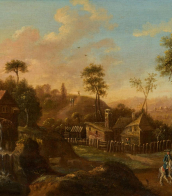

Georg Arnold-Graboné was a painter of German impressionism and an art teacher.
Arnold-Graboné became well known for his unique style of Palette knife painting. His technique used the texture of thickly applied paint to create an actual three-dimensional representation of a landscape. In Graboné's works, the colors are remarkable for their brilliance, distinguishing his landscapes from those of other pallet-knife painters. The brilliance is a result of Graboné's color-separation technique in knife-painting. His favorite subjects were of the Alps of Bavaria and South Tirole, the Isle of Capri, the English Garden in Munich, the lake region surrounding Starnberg, and fishing boats on the North Sea. His unusual signature is incised into the wet paint with the opposite end of the brush, almost invariably on the bottom left hand of his oil paintings (and on the bottom right for watercolors).

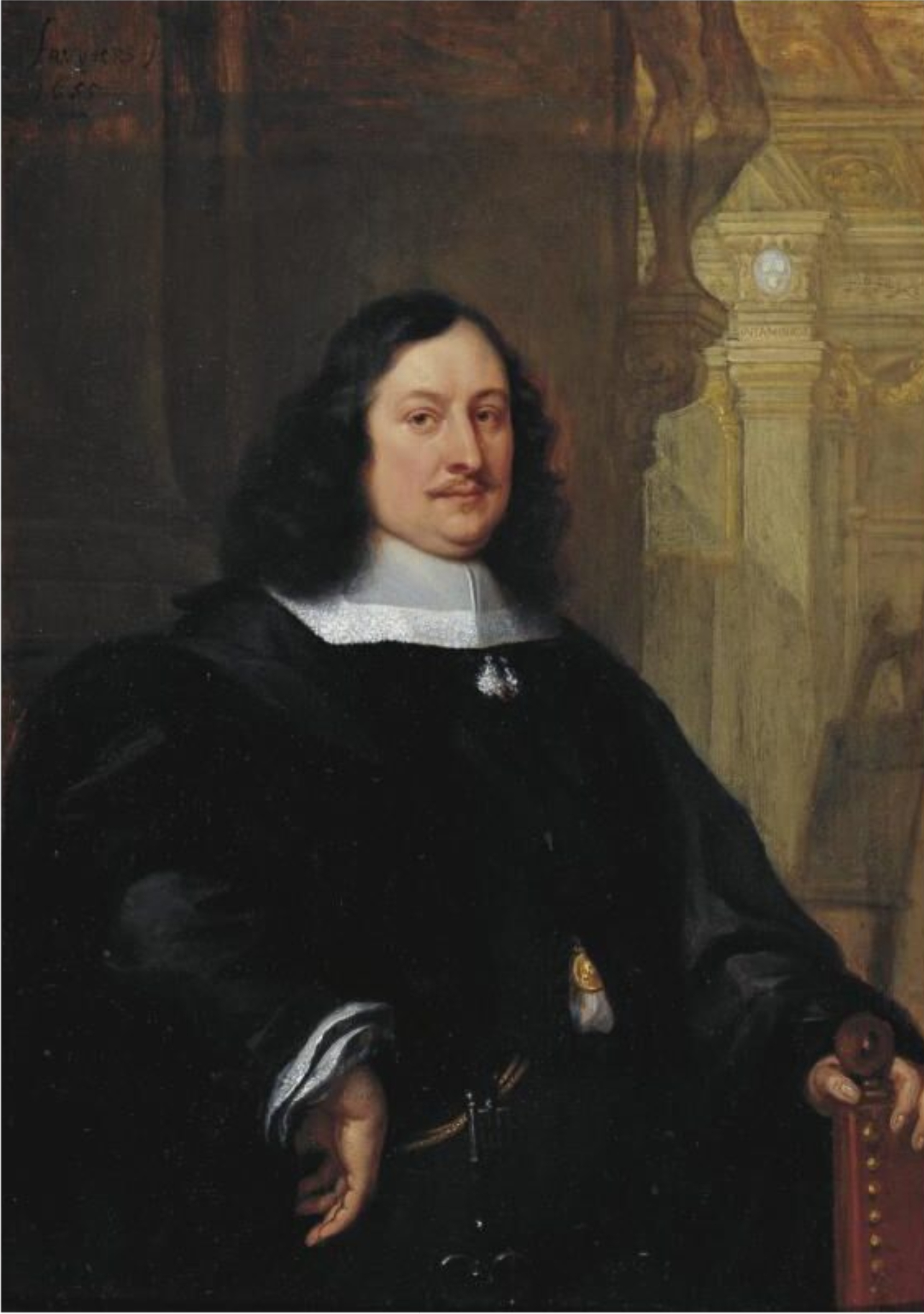
David Teniers the Younger was a Flemish Baroque painter, printmaker, draughtsman, miniaturist painter, staffage painter, copyist and art curator. He was an extremely versatile artist known for his prolific output. He was an innovator in a wide range of genres such as history painting, genre painting, landscape painting, portrait and still life. He is now best remembered as the leading Flemish genre painter of his day. Teniers is particularly known for developing the peasant genre, the tavern scene, pictures of collections and scenes with alchemists and physicians.
He was court painter and the curator of the collection of Archduke Leopold Wilhelm, the art-loving Governor General of the Habsburg Netherlands. He created a printed catalogue of the collections of the Archduke. He was the founder of the Antwerp Academy, where young artists were trained to draw and sculpt in the hope of reviving Flemish art after its decline following the death of the leading Flemish artists Rubens and Anthony van Dyck in the early 1640s. He influenced the next generation of Northern genre painters as well as French Rococo painters such as Antoine Watteau.

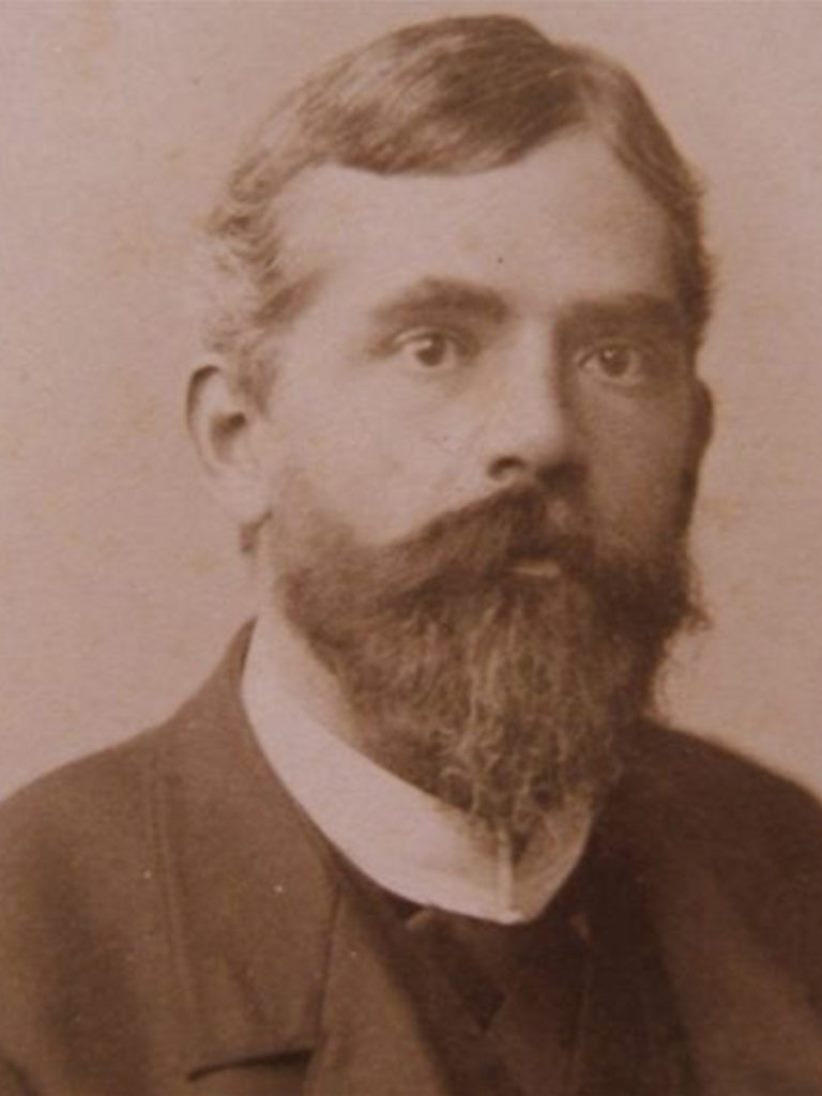


Francesco Foschi was an Italian painter best known for painting winter landscapes.
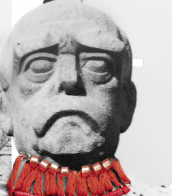

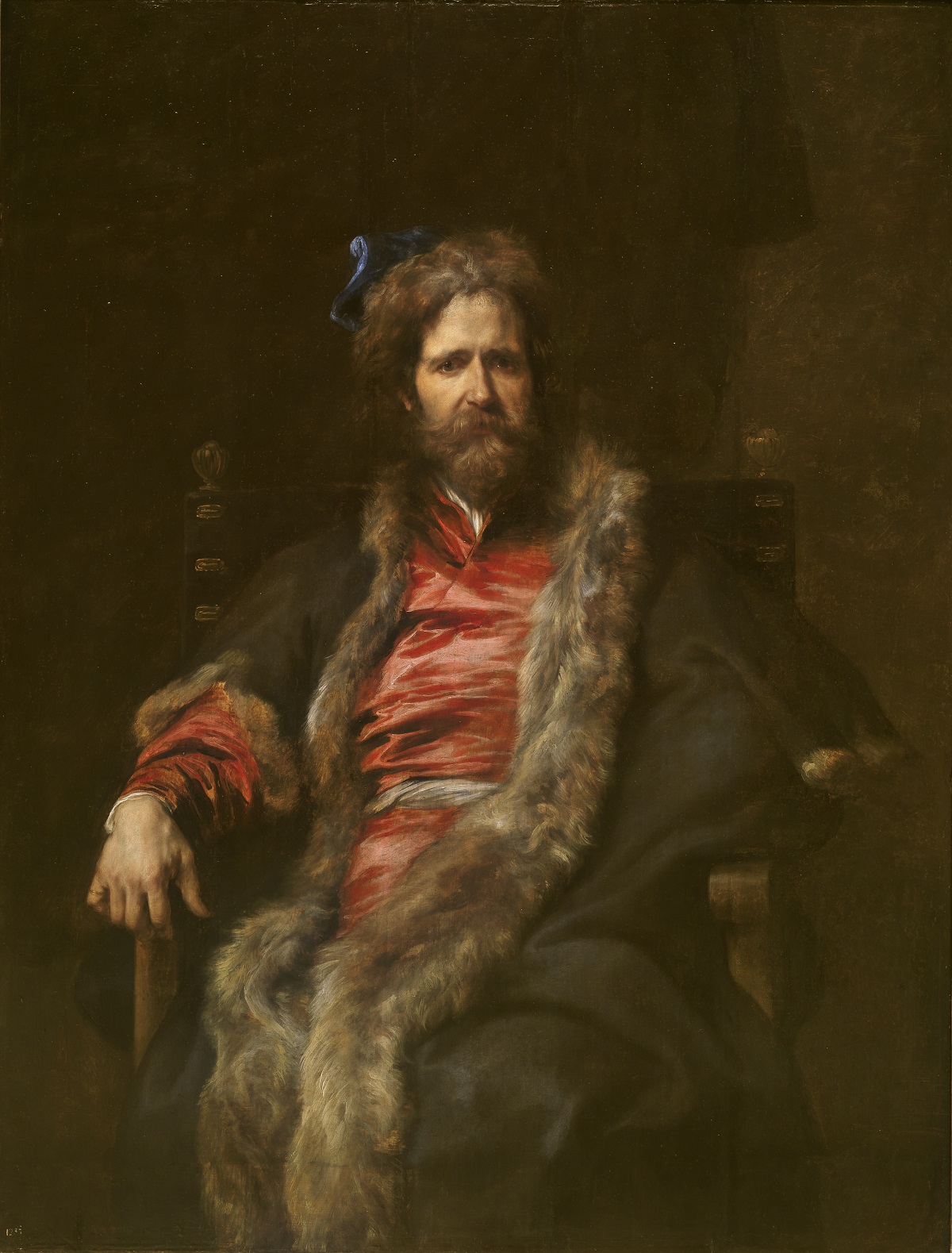
Marten Rijckaert was a Flemish Baroque painter, famous for his landscapes in the Italian manner.
Marten Rijckaert was a pupil of Tobias Verhacht. He was registered as a master at the Antwerp Guild of St Luke's in 1607. Reikart was a close friend of Antonis van Dyck.
His work is characterised by rocky forest landscapes, often with waterfalls, ruins and architecture. These Italian landscapes are close to the works of Flemish painter Paul Brill, and the panoramic concept of his compositions owes a debt to the works of Jan Brueghel the Elder.
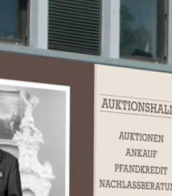

Hermann Ottomar Herzog was a German-born American landscape painter. He represented the Dusseldorf School of painting and was a member of the Hudson River School. He quickly achieved commercial success and began to earn good money, which allowed him to travel a great deal.
Herman Herzog settled in the United States at the end of the 1860s. He devoted a considerable part of his work to his journey through the western states to California in 1873. He also frequently visited and worked in Maine and Florida.
